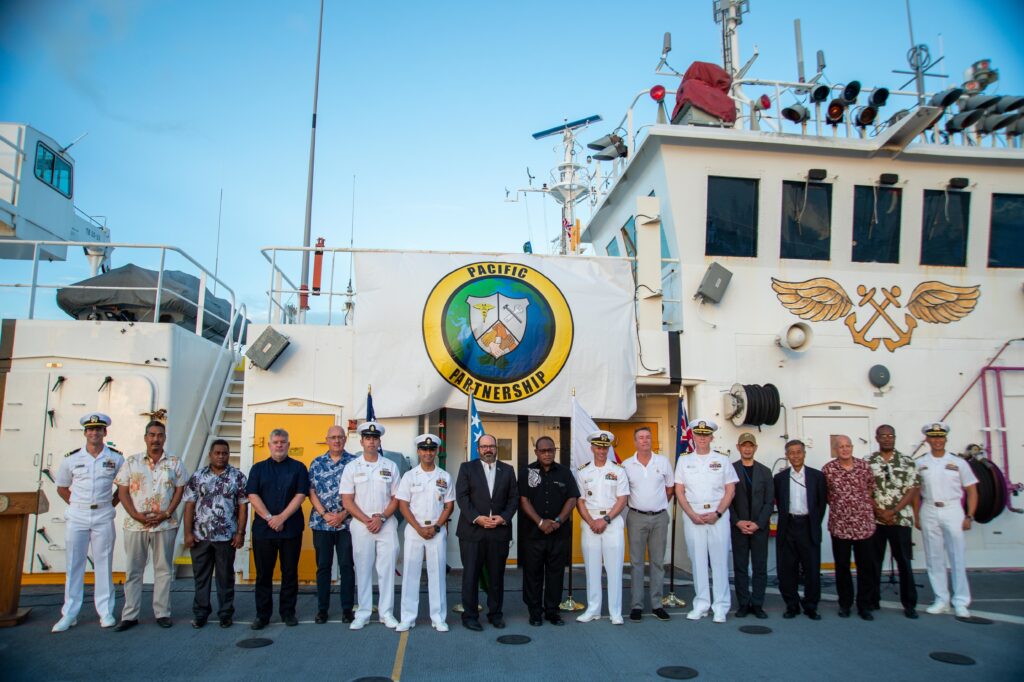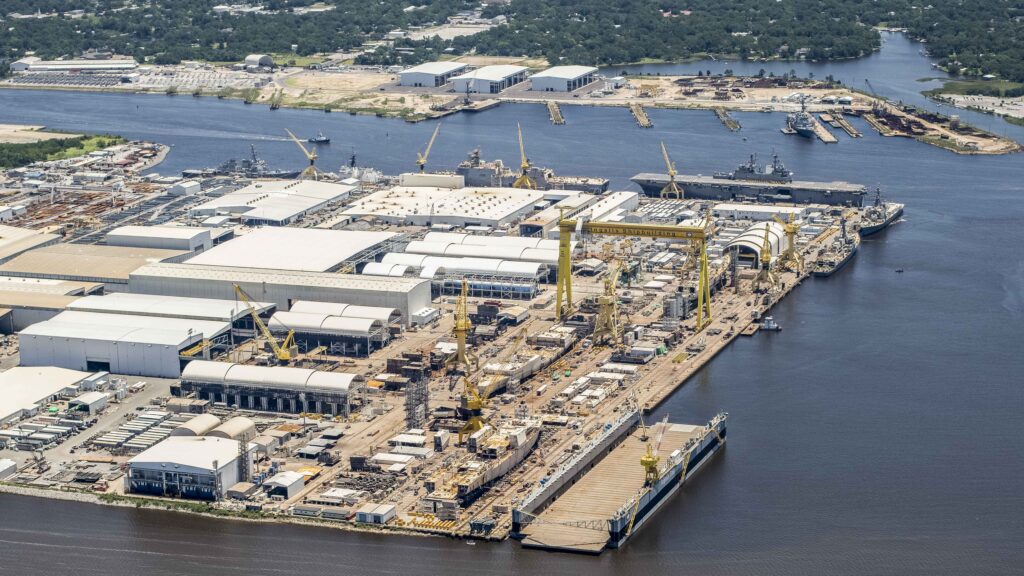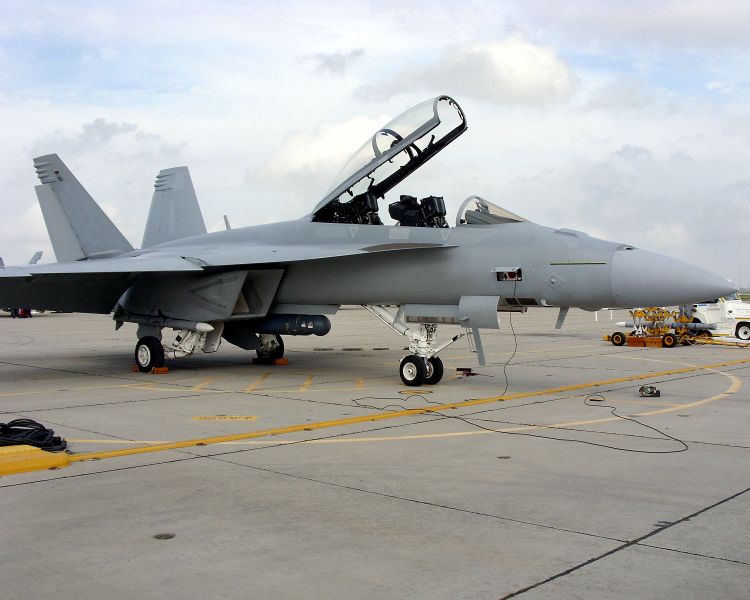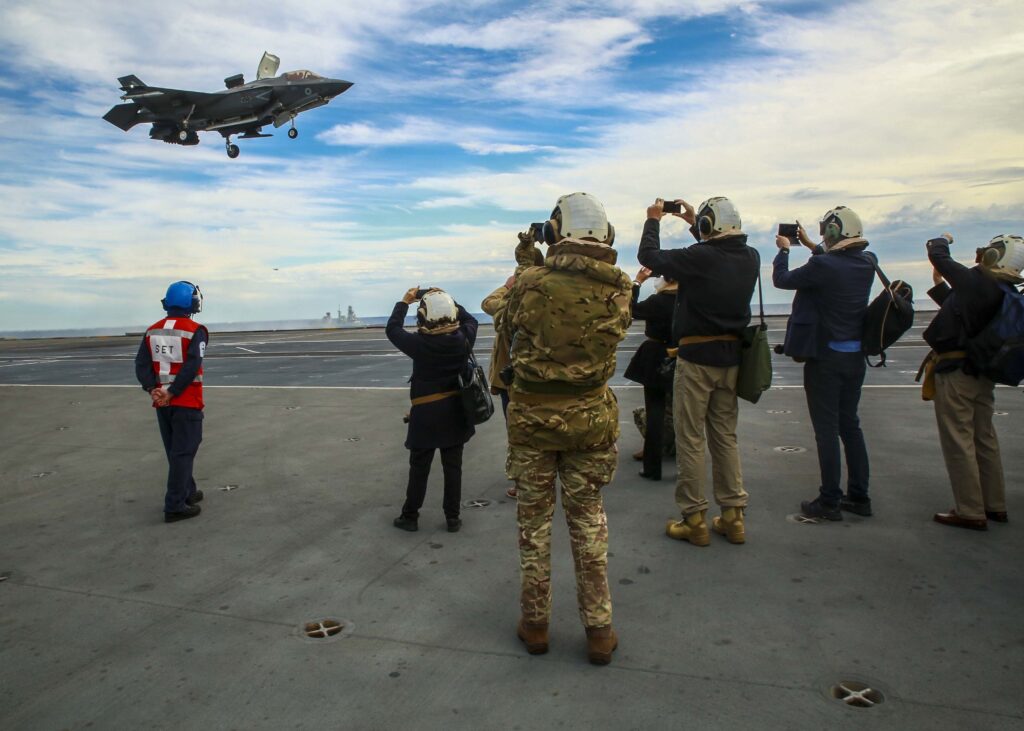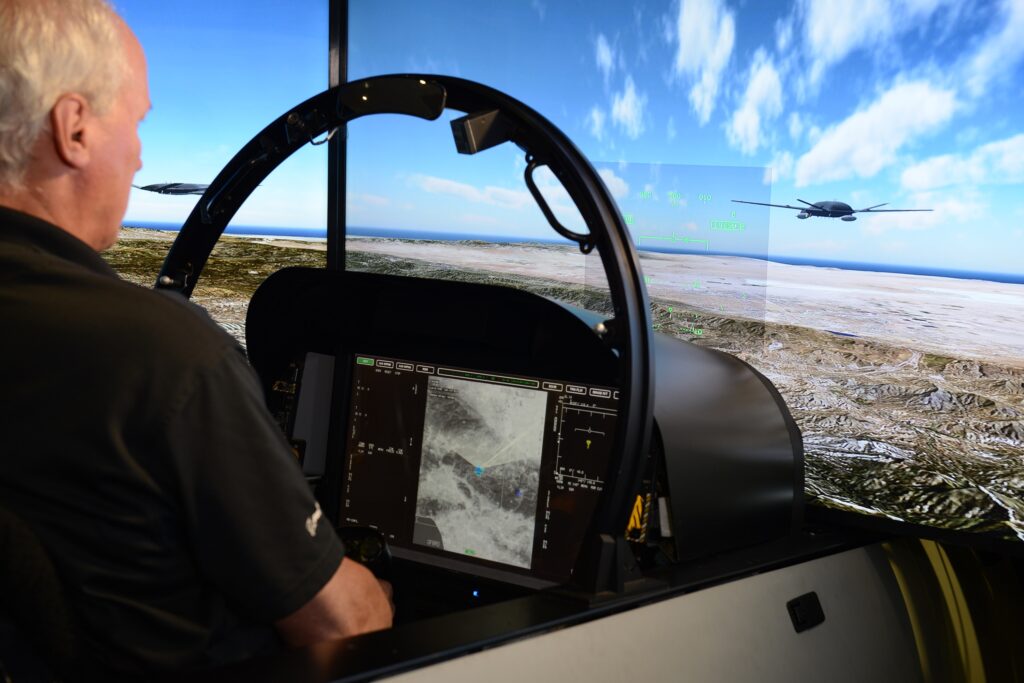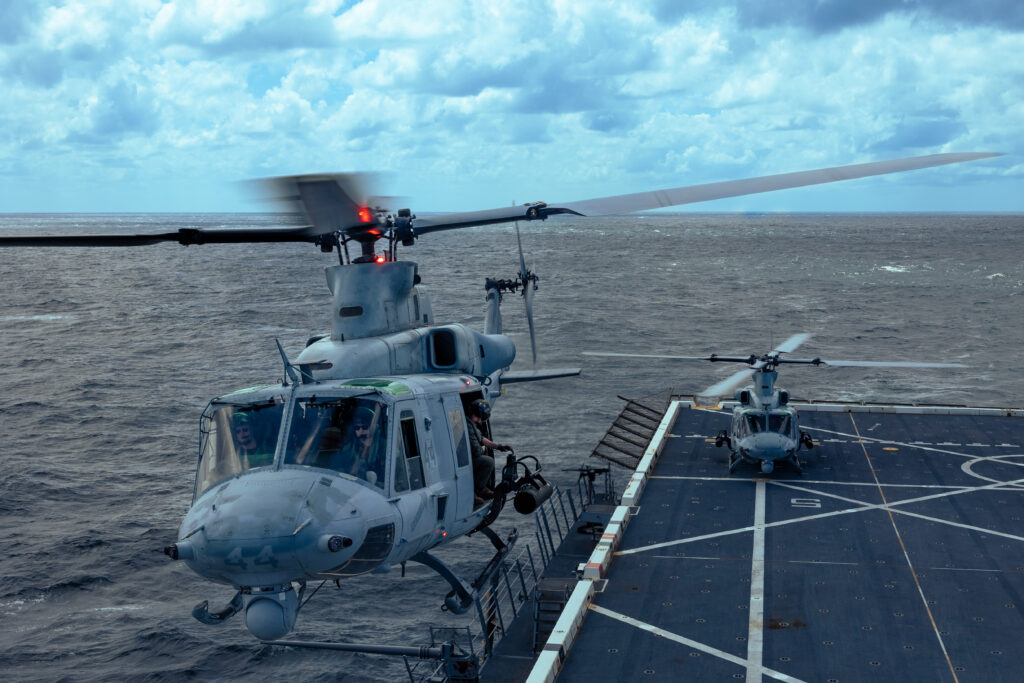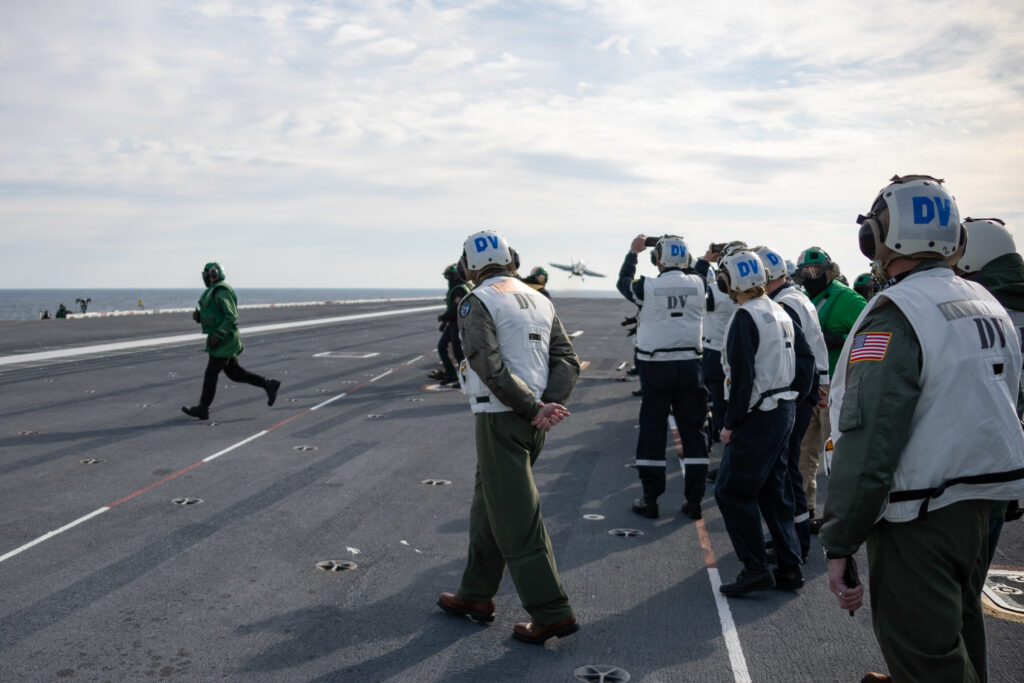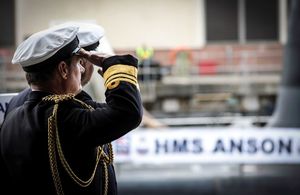Garmin G3000 Selected to Modernize Navy and Marine Corps F-5 Aircraft
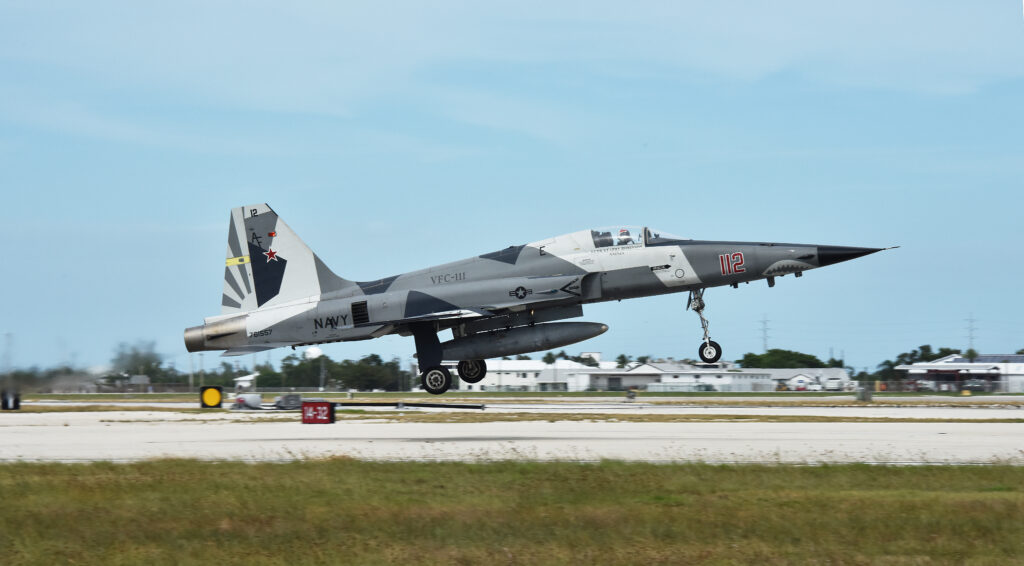
OLATHE, Kansas — Garmin International Inc. announced Sept. 13 the selection of the Garmin G3000 integrated flight deck by Tactical Air Support Inc. as part of a contract with the U.S. Department of Defense’s F-5N+/F+ Avionics Reconfiguration and Tactical Enhancement/Modernization for Inventory Standardization (ARTEMIS) program.
Tactical Air first selected the Garmin G3000 for their F-5 adversary aircraft training fleet in 2018. This recent award builds upon Tactical Air and Garmin’s strategic relationship now serving the DoD fleet of F-5 adversary aircraft. Garmin’s commercial-off-the-shelf G3000 open architecture supports integration with a wide range of mission equipment including military sensors, helmet mounted displays and advanced electrically scanned radar systems.
“It is an honor to team with Tactical Air and have our versatile G3000 integrated flight deck chosen for the ARTEMIS contract with the Department of Defense,” said Carl Wolf, Garmin vice president of aviation sales and marketing. “Garmin is proud to see our integrated flight deck technologies, deployed now on over 25,000 aircraft, also being adopted by the U.S. military and enhancing the mission and safety capabilities of our nation’s warfighters.”
The F-5 is a supersonic, multi-role tactical fighter and attack aircraft that in this role will provide air-to-air combat training, close-air support training, tactical development and evaluation support. The upgraded F-5 Advanced Tiger will be used in an aggressor training role, and the G3000 will transform the cockpit with one large area display and two touchscreen controllers. These upgrades bring modern safety systems and new tactical capabilities to the older airframes while also solving parts obsolescence and reliability issues within the existing avionics system.
“Tactical Air is thrilled to have Garmin’s cutting edge G3000 in the F-5 AT cockpit,” said RC Thompson, Tactical Air CEO. “The Garmin integrated flight deck gave us an outstanding COTS solution to the Navy and Marine Corps’ recently purchased fleet of F-5 aircraft to make them an even more capable adversary fighter for our aviators to train against.”
The G3000 boasts a large and vibrant high-resolution flight display that seamlessly interfaces to the F-5’s existing mission computer, enabling advanced mapping, tactical radio capabilities, radar display and more. The non-proprietary interface, software-based human-machine interface and mission integration will enable the DoD to rapidly deploy new technologies in the future, while providing access to the latest in commercial Communication, Navigation, Surveillance/Air Traffic Management (CNS/ATM) capabilities. Tactical Air has integrated the L3Harris ForceX mission computer along with a wide range of military sensors, communications equipment, and weapons systems into the G3000 touchscreen HMI.
In addition to night vision goggle compatibility, the G3000 contains modern, state-of-the-art synthetic vision technology that blends an “out-the-window” view of surroundings on the large area, primary flight displays, which is particularly helpful during nighttime operations and during close air support missions. Additional features within the G3000 integrated flight deck on the F-5 include Terrain Awareness and Warning System, Traffic Collision Avoidance System and Automatic Dependent Surveillance-Broadcast (ADS-B IN) traffic.
